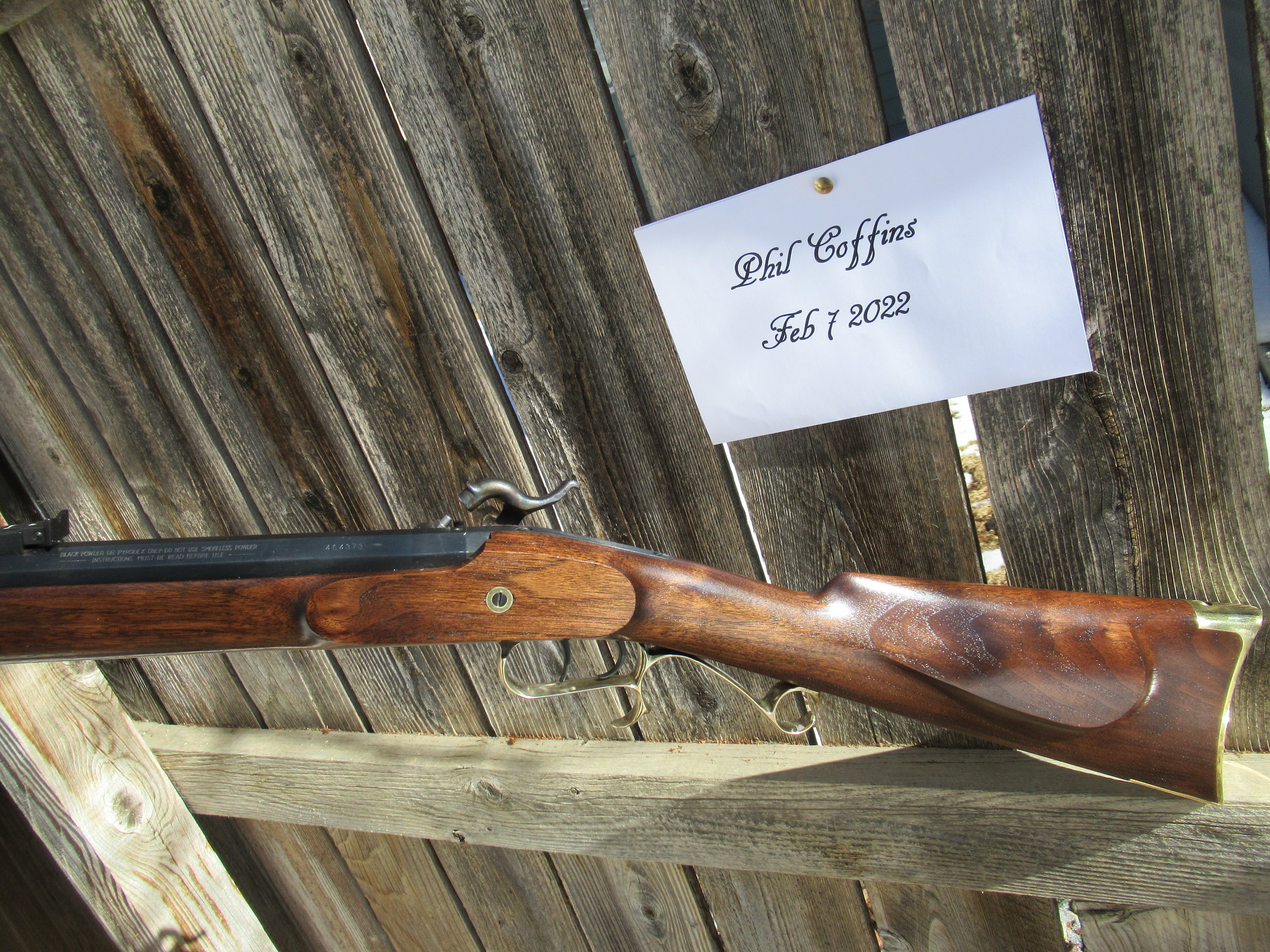Big_Rubber_Duck
36 Cl.
Hello all,
I finally put my order in for a 45 cal Kibler SMR in Walnut. I am looking at what sort of finishes you all have done for walnut stocks, and pictures are always appreciated. I plan to stay away from any stains since it seems walnut generally does not need any staining. Part of me wants a traditional finish for the stock, but the other part of me wants a durable finish, and I have plenty of time to decide while I wait for the kit.
I finally put my order in for a 45 cal Kibler SMR in Walnut. I am looking at what sort of finishes you all have done for walnut stocks, and pictures are always appreciated. I plan to stay away from any stains since it seems walnut generally does not need any staining. Part of me wants a traditional finish for the stock, but the other part of me wants a durable finish, and I have plenty of time to decide while I wait for the kit.














